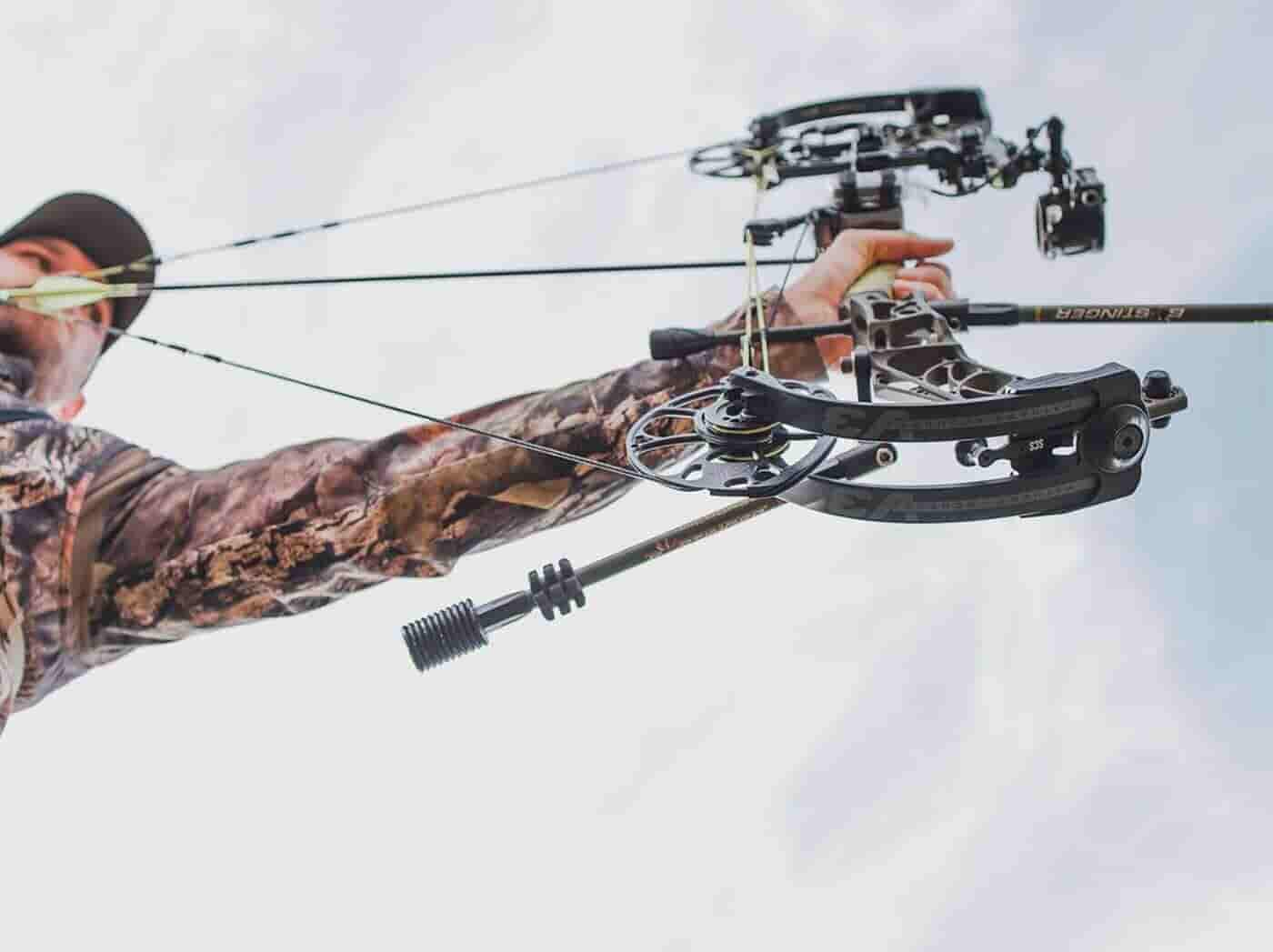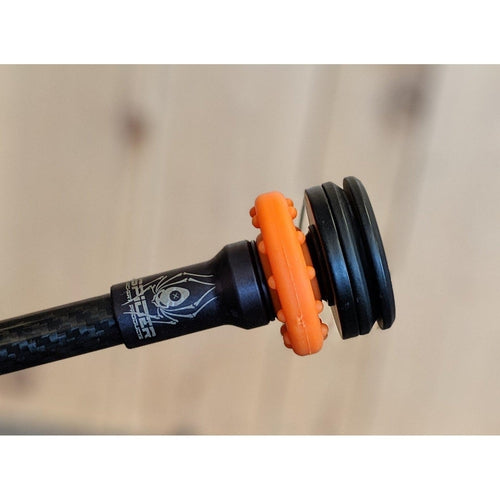Maximize Your Archery Efficiency With the Perfect Stabilizer: a Comprehensive Buyer's Overview
Archery lovers recognize the relevance of having the best tools to enhance their performance. While arrowheads and bows might take the limelight, a critical item of gear that usually goes neglected is the stabilizer. A stabilizer can significantly influence your shooting precision and security, yet finding the excellent one can be a difficult job. In this extensive purchaser's overview, we will check out the various kinds of stabilizers, essential factors to consider, the importance of appropriate length and weight, selecting the right damping system, and upkeep pointers. Whether you're a skilled archer or simply starting, this guide will certainly aid you navigate the world of stabilizers and optimize your archery efficiency.
Kinds Of Stabilizers
There are 3 main kinds of stabilizers frequently used in archery performance. These stabilizers play a critical function in boosting precision and reducing bow torque. The initial kind is the long rod stabilizer. Lengthy pole stabilizers are typically connected to the front of the bow and prolong in an outward direction. They supply balance and stability during the shot, reducing any unnecessary motion. Lengthy rod stabilizers are specifically reliable in lowering bow torque, permitting a more consistent and steady release.
The second sort of stabilizer is the side pole stabilizer. Side pole stabilizers are attached to the side of the bow and help counterbalance any type of side motions. They aid in maintaining a straight and constant goal, particularly when taking care of crosswinds or uneven terrain. Side rod stabilizers are especially useful for archers that shoot from a standing setting and require stability on both the vertical and horizontal axes.
The 3rd type of stabilizer is the V-bar stabilizer. V-bar stabilizers are commonly used in conjunction with side rod stabilizers to better boost stability.
When selecting the ideal equipment to enhance archery performance,Recognizing the various kinds of stabilizers is important. Each stabilizer type serves a certain function, and selecting the suitable combination can significantly improve precision and uniformity on the array or in the area.
Secret Aspects to Think About

Firstly, it is important to think about the length and weight of the stabilizer. Longer stabilizers supply boosted security and equilibrium, while much shorter ones supply more maneuverability. The weight of the stabilizer impacts the total equilibrium of the bow, and it is important to find a stabilizer that matches the weight of your bow.
An additional crucial variable to take into consideration is the product of the stabilizer. Stabilizers are typically made from aluminum, carbon, or a mix of both. Light weight aluminum stabilizers are resilient and provide excellent resonance moistening, while carbon stabilizers are lightweight and deal remarkable vibration absorption.
Additionally, it anonymous is very important to assess the layout and adjustability of the stabilizer. Some stabilizers feature flexible weights and dampeners, permitting you to customize the equilibrium and vibration control. Additionally, taking into consideration the placing choices and compatibility with your bow is necessary to ensure a proper and secure fit.
Lastly, budget is a significant variable to consider. Stabilizers are available in a variety of costs, and it is critical to find one that fits within your spending plan while still meeting your efficiency demands.
Value of Appropriate Size and Weight

Proper length and weight are crucial variables that considerably influence the efficiency of an archery stabilizer. It is important to consider the shooting style, target distance, and individual preference when selecting the size of a stabilizer.
Likewise, the weight of the stabilizer plays a critical duty in accomplishing optimal performance. A heavier stabilizer soaks up more vibration and decreases bow activity during the shot, leading to a steadier aim and tighter groups. A stabilizer that is as well hefty can create exhaustion and influence the shooter's ability to hold stable. It is important to strike a balance between weight and maneuverability to help with comfortable shooting and preserve uniformity.
Additionally, the length and weight of the stabilizer ought to work with the archer's physical stamina and capturing technique. By choosing the appropriate size and weight, archers can enhance their stability, reduce bow torque, enhance accuracy, and improve overall performance. It is see post suggested to seek advice from skilled archers or specialists to ensure the most effective match in between the stabilizer and specific capturing requirements.
Choosing the Right Damping System
The selection of an ideal damping system is important in optimizing the performance of an archery stabilizer. A damping system is developed to decrease the vibrations and noise produced when an arrowhead is launched, supplying the archer with an extra stable and accurate shot. There are several factors to consider when choosing the best damping system for your stabilizer.
Firstly, it is essential to think about the type of material made use of in the damping system. Rubber and rubber-like products are generally utilized due to their capacity to absorb resonance properly. These products are light-weight and likewise long lasting, making them suitable for archery stabilizers.
Secondly, the layout of the damping system needs to be taken into account (archery stabilizer). Search for a system that supplies multiple call points with the stabilizer, as this will disperse the vibrations extra uniformly and even more boost the stabilizer's effectiveness
Furthermore, take into consideration the adjustability of the damping system. Being able to tweak the degree of damping can be advantageous, as various archers may have varying choices and shooting designs.
Lastly, it is essential to make sure that the picked damping system is suitable with your stabilizer. Examine the measurements and specifications to make sure an appropriate fit.
Upkeep and Care Tips
To ensure optimum efficiency and durability of your archery stabilizer, it is necessary to execute appropriate maintenance and treatment methods. Lubing the relocating components of the stabilizer, such as the dampers and weight system, is also essential to make certain smooth operation. By adhering to these maintenance and care pointers, you can take full advantage of the performance and long life of your archery stabilizer.
Final Thought
In final thought, choosing the appropriate stabilizer for archery is essential for optimizing performance. By taking into consideration elements such as stabilizer type, size, weight, and damping system, archers can enhance their accuracy and stability. Additionally, correct maintenance and care of the stabilizer is essential for its long life and optimal performance. With the ideal stabilizer and proper focus to these elements, archers can improve their general archery experience.
The 2nd hop over to here type of stabilizer is the side pole stabilizer.The third type of stabilizer is the V-bar stabilizer. V-bar stabilizers are commonly utilized in conjunction with side rod stabilizers to better boost security. The weight of the stabilizer impacts the general balance of the bow, and it is vital to locate a stabilizer that matches the weight of your bow.
Aluminum stabilizers are durable and give superb resonance moistening, while carbon stabilizers are lightweight and deal exceptional resonance absorption.